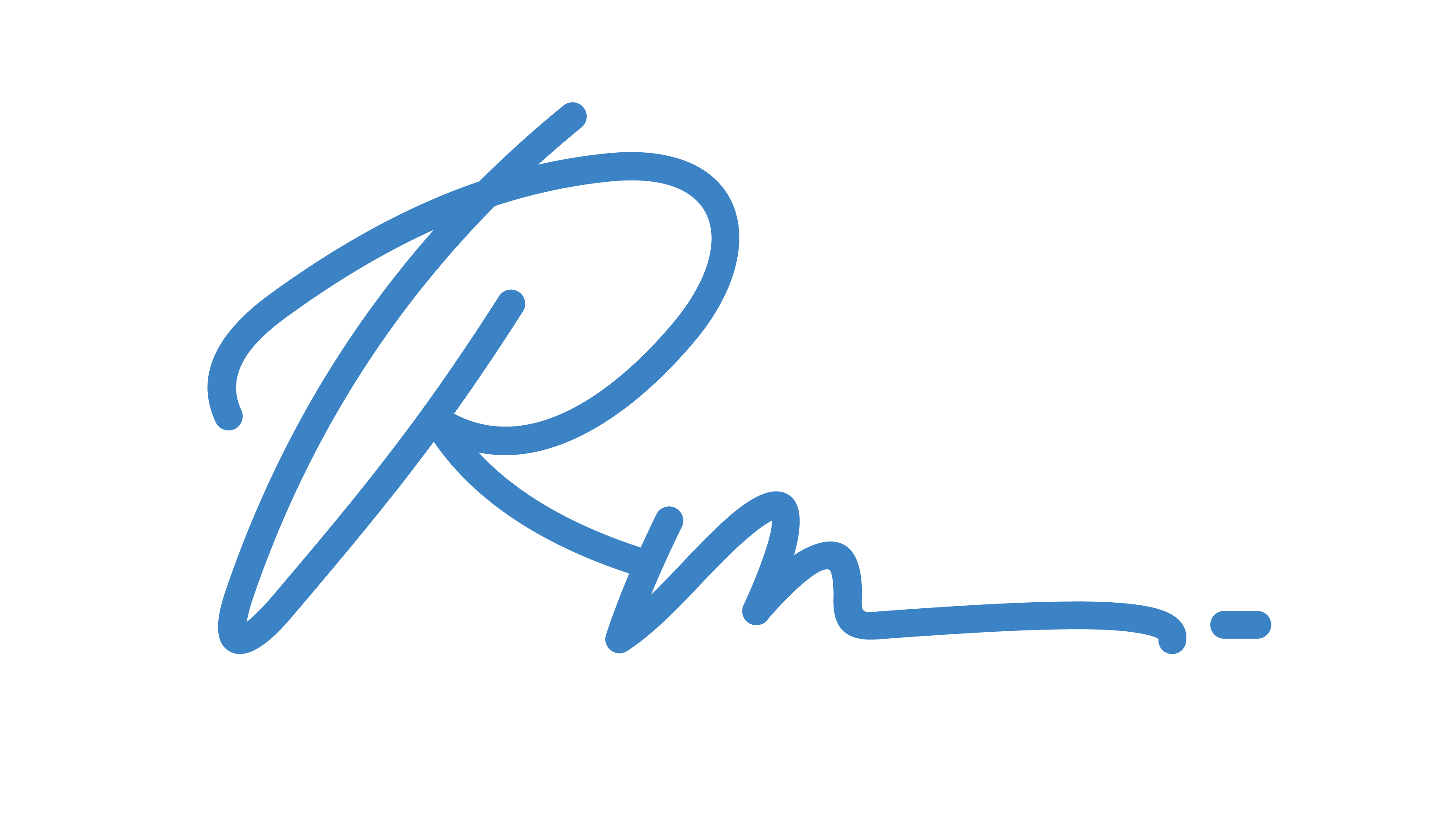
In the world of digital marketing, content is king. But not all content is created equal. In fact, there are two main types of content that serve different purposes in a marketing strategy: top of funnel (TOF) and bottom of funnel (BOF) content. TOF content is designed to attract new visitors to your website and introduce them to your brand, while BOF content is meant to convince those visitors to become customers. In this blog post, we’ll explore the importance of using both TOF and BOF content in your marketing strategy, and provide tips for creating a comprehensive content plan that incorporates both.
Top of Funnel Content
Let’s start by looking at TOF content. This type of content is typically aimed at people who are unfamiliar with your brand or product. The goal is to introduce them to your brand, establish credibility, and get them interested in learning more.
One key benefit of TOF content is that it helps you reach a wider audience. By creating content that is valuable and relevant to your target audience, you can attract new visitors to your website who may not have found you otherwise. This can help increase brand awareness and build trust with potential customers.
To create effective TOF content, it’s important to understand your target audience and what type of content they are interested in. This may require some market research or audience analysis. You can also leverage tools like Google Analytics to see what type of content is driving traffic to your website.
Bottom of Funnel Content
BOF content, on the other hand, is aimed at people who are already familiar with your brand and have expressed interest in your product or service. The goal is to convince them to take action, such as making a purchase or signing up for a service. Examples of BOF content include product demos, case studies, and customer testimonials.
One of the main benefits of BOF content is that it helps to increase conversions. By providing potential customers with more detailed information about your product or service, you can help them make an informed decision and feel more confident about their purchase. BOF content can also help build trust and establish your brand as an authority in your industry.
Creating effective BOF content requires a deep understanding of your target audience and their pain points. You need to be able to address their concerns and demonstrate how your product or service can help solve their problems. Testimonials and case studies can be especially powerful, as they provide real-world examples of how your product or service has helped other people.
The Importance of Combining Top and Bottom of Funnel Content
While TOF and BOF content serve different purposes, they are both important parts of a comprehensive marketing strategy. TOF content helps you attract new visitors and build brand awareness, while BOF content helps you convert those visitors into customers. By combining both types of content, you can create a funnel that guides potential customers from awareness to consideration to purchase.
One key benefit of using both TOF and BOF content is that it allows you to nurture leads over time. Not everyone who visits your website will be ready to make a purchase right away. By providing valuable content at every stage of the funnel, you can build a relationship with potential customers and keep your brand top of mind when they are ready to make a purchase. We recommend tracking metrics like website traffic, session duration, bounce rate, and conversions, so you can see which types of content are resonating with your target audience and adjust your strategy accordingly.
Creating a Content Strategy
So how do you create a content strategy that incorporates both TOF and BOF content? Here are some steps you can follow:
- Define your target audience: Before you start creating content, you need to have a clear understanding of who you are trying to reach and what problem you solve for them. Create buyer personas that outline the characteristics, needs, and pain points of your ideal customer.
- Map out your customer journey: Once you know who your target audience is, map out the different stages of their journey, from awareness to consideration to purchase. Identify the types of content that would be most effective at each stage.
- Develop a content calendar: Create a schedule for your content that includes both TOF and BOF content. This will help ensure that you are consistently creating and publishing content that is relevant and valuable to your target audience.
- Create and execute a distribution plan: It’s not enough to create great content, you need to have a distribution plan to ensure your content gets in front of the right audience.
- Track your results: Use tools like Google Analytics to track the performance of your content over time. Look for patterns and trends that can help you identify which types of content are most effective at driving traffic, engagement, and conversions.
- Iterate and refine: Based on your results, adjust your content strategy as needed. This may involve experimenting with different types of content, targeting different audiences, or optimizing your existing content for better performance.
Conclusion
By combining top of funnel and bottom of funnel content, you can create a comprehensive marketing strategy that drives traffic, builds brand awareness, and increases conversions. Remember to create content that is valuable and relevant to your target audience at every stage of the funnel, and track your results to ensure that you are making the most of your marketing efforts. With the right strategy in place, you can create a powerful content marketing machine that helps you achieve your business goals.

